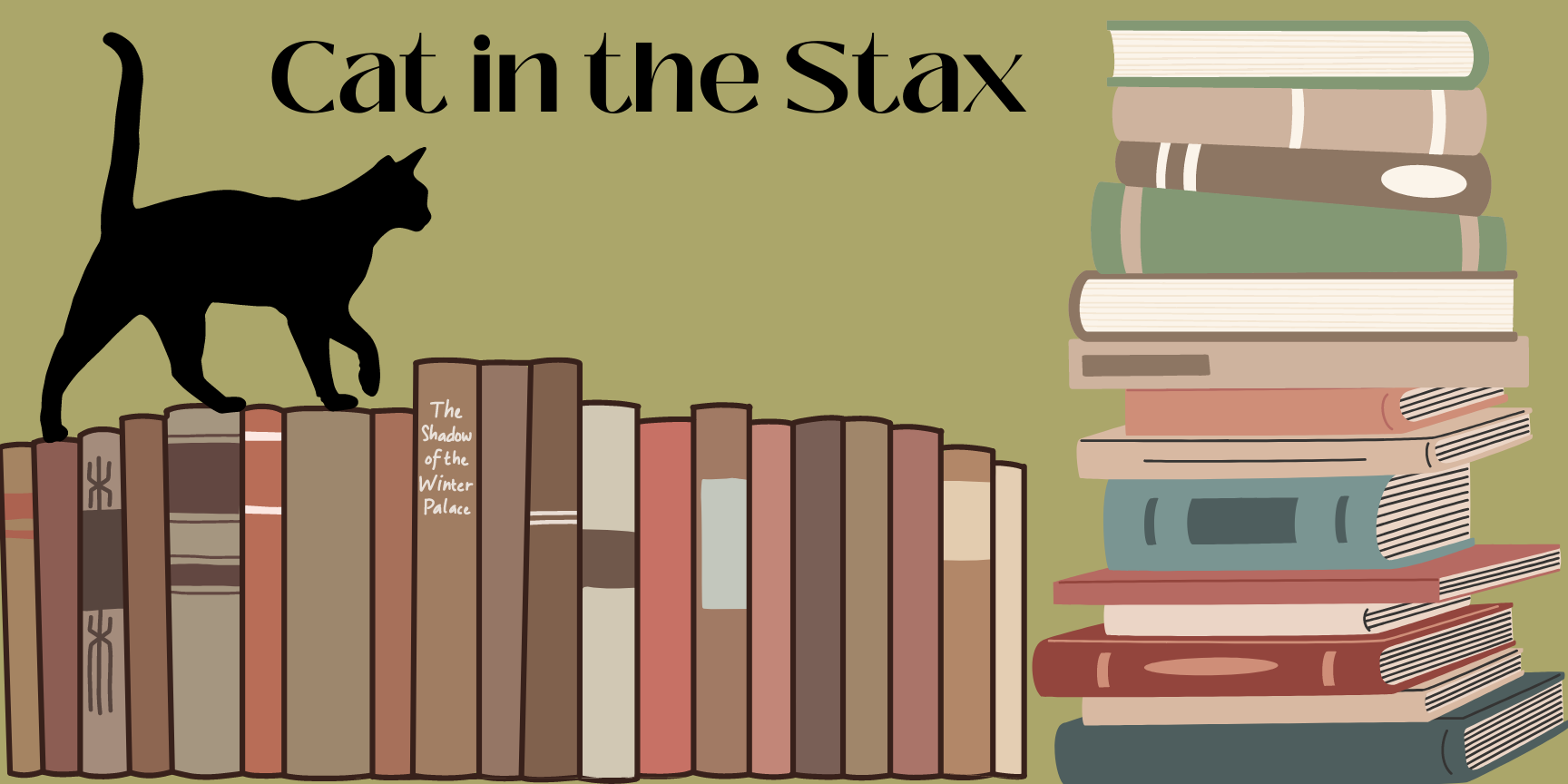Cat in the Stax: Valentine’s Day and Chocolate

As Falvey’s Cat in the Stax, Rebecca writes articles covering a broad range of topics, from academics to hobbies to random events. All the while highlighting how Falvey Library can enhance your Villanova experience!
Happy Valentine’s Day, Wildcats! Love is in the air and taking the form of flowers, stuffed animals, chocolates, and other sweets. Every nice restaurant in Philly will be packed with couples looking for a romantic dinner. It’s a day to celebrate your relationship with your partner and show how much you appreciate them.

Photo from HIS-USA.com
Fun Fact: Did you know that in Japan, it is traditional for women to give men chocolates on Valentine’s Day? And not just to romantic partners, but to all the men in their lives! Husbands and boyfriends receive a special type of chocolate known as honmei-choco, or “true feelings chocolate” while male family members, friends, and colleges are given a giri-choco, an “obligatory chocolate.” One month later, on Mar. 14, also known as White Day, men in Japan return the favor and gift gyaku-choco, “reverse chocolates,” to women they received chocolate from on Valentine’s Day.
How did chocolate come to be associated with love, gift-giving, and Valentine’s Day? Well, the connection between chocolate and romance has roots in Mesoamerican history. The Mayans used cocoa-brewed beverages in marriage ceremonies. Later, the Aztec leader Montezuma II allegedly drank cups of chocolate because he believed it to be an aphrodisiac.
Although Valentine’s Day is linked to various Christian martyrs named Valentine, its connection to romantic love first appears in Geoffrey Chaucer’s 1382 poem “Parlement of Foules” where he writes, “every bird cometh to choose his mate” on “Seynt Valentynes day.”

Photo by Budgeron Bach on Pexels.com
Fast forward to the 19th century. Valentine’s Day is a popular holiday in Europe and North America, but chocolate has not yet entered the picture. Chocolate was still considered a luxury item, and people consumed it by drinking it. Then, in 1861, British chocolate manufacturer Richard Cadbury invented eating chocolates as a more palatable way of consuming chocolate. He packaged these chocolates in heart-shaped boxes adorned with Cupids and roses. The boxes were a huge hit and became a symbol of love and gift-giving.
Now we travel to America to chocolate and candy maker Milton Hershey. In 1907, Hershey created his famous tear-drop chocolate “kisses,” which were named as such because of the kissing noise the chocolate made when it was produced. The association between chocolate and love became even stronger less than 20 years later in 1923 when chocolatier Russell Stover began to sell Valentine’s Day chocolates in heart-shaped boxes. One of his biggest sellers was the “Secret Heart Lace,” a chocolate box covered in satin and black lace.
For all you chocolate lovers out there, Falvey has plenty of books and articles about this tasty treat, from stories focused on chocolate to articles discussing its production and history to chocolate cookbooks. Check out some of these texts if you’re interested:
- Charlie and the Chocolate Factory by Roald Dahl
- The Chocolate Tree (A Mayan Folktale)
- Chocolate Chocolate Moons by Jackie Kingon
- The Little Chocolate Cookbook
- Beans to Chocolate by Sarah Ridley
- How is Chocolate Made? by Grace Hansen
- Chocolate and Health

Rebecca Amrick is a first year graduate student in the English Department and a Graduate Assistant at Falvey Library.















